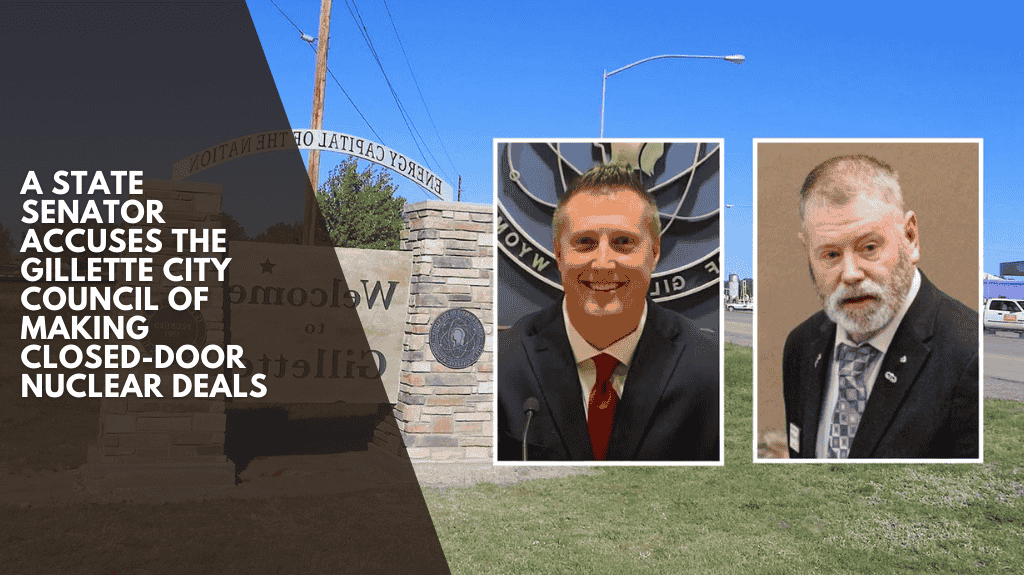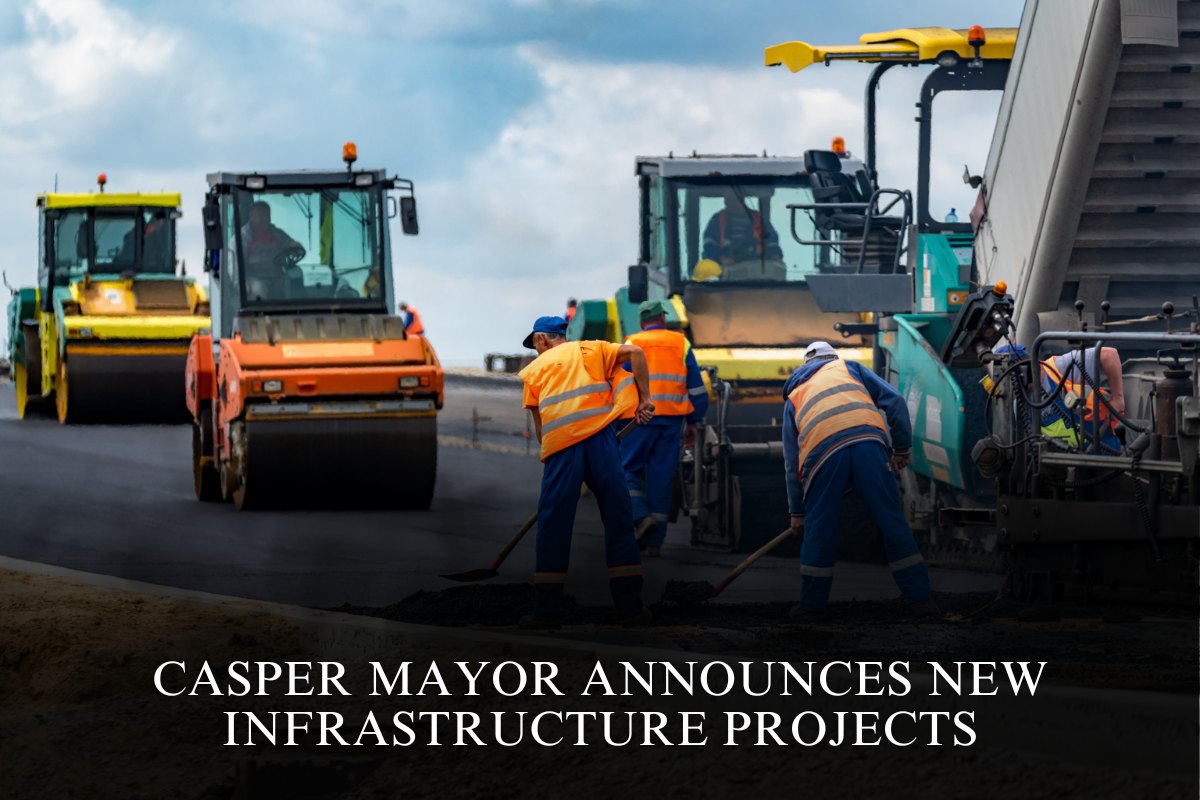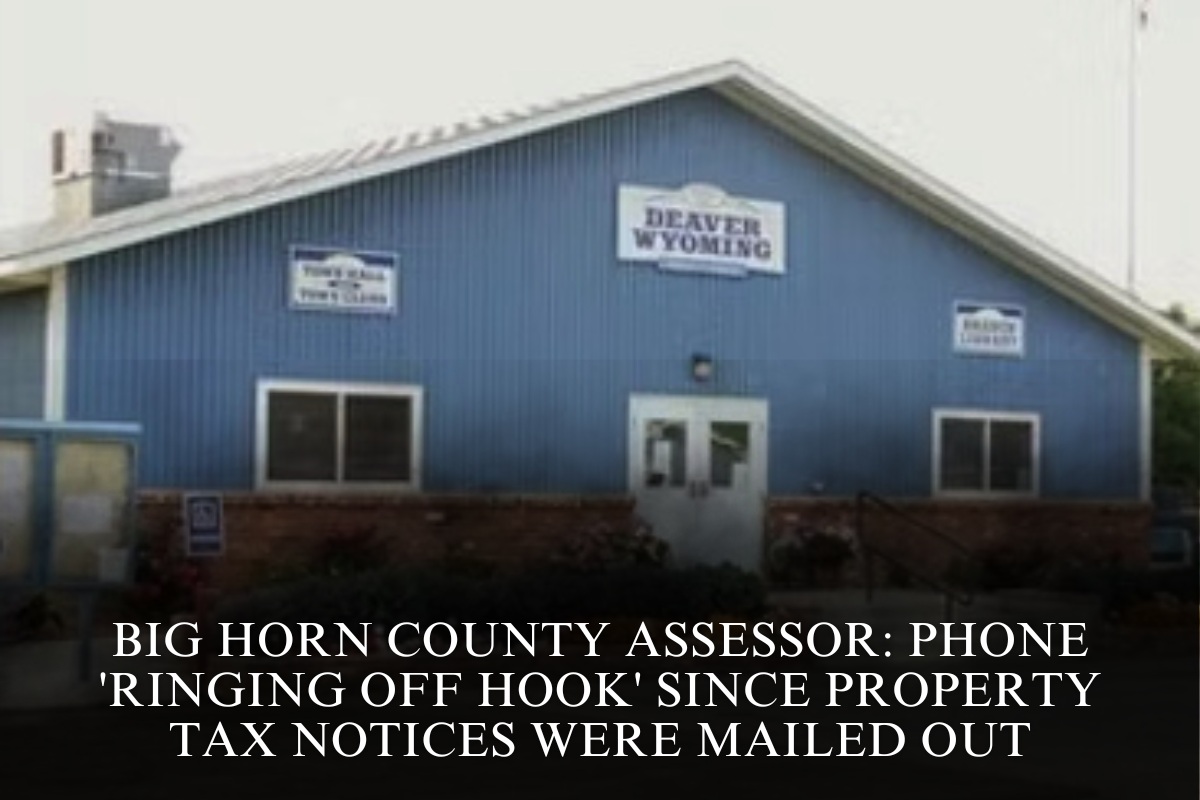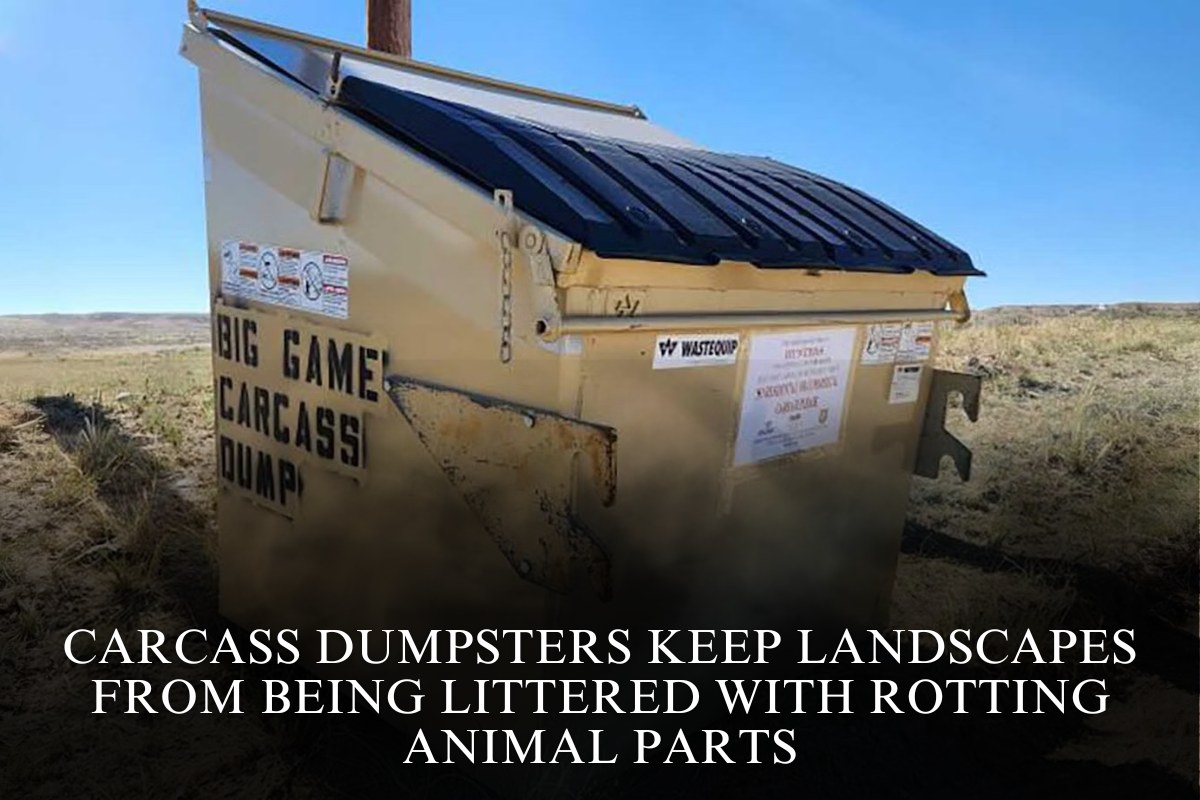The political squabble in Gillette over a nondisclosure agreement with nuclear company BWXT is the latest in a string of local clashes involving residents, elected officials, and companies seeking to expand Wyoming’s nuclear industry.
Wyoming communities, from Bar Nunn to Rock Springs to Gillette—dubbed the Energy Capital of the Nation—are grappling with the promises and perceived dangers of a nuclear renaissance.
In this nuclear expansion, two key players have emerged: Radiant, which hopes to open a microreactor manufacturing plant in Bar Nunn, and BWXT, which signed a contentious nondisclosure agreement with the city of Gillette.
During a tense city council meeting in Gillette on August 19, state Sen. Troy McKeown, R-Gillette, launched a scathing attack on Mayor Shay Lundvall and council members, accusing them of breaking the public trust by conducting nuclear negotiations in secret.
“I’m really disgruntled that you think you can sign a nondisclosure agreement and violate the state public records act,” McKeown said in his testimony. “You’re doing this all in the back room. And I’m referring to the nuclear companies you want to bring in and what you intend to do with them in secret.”
The senator questioned city officials’ priorities, wondering if they were putting industry goals ahead of the public’s interest.
“You are not the corporate headquarters. You do not run a business. You clearly believe you can do whatever you want behind closed doors without telling anyone,” he said.
Reacting To Reactor
Gillette and BWXT Advanced Technologies signed a cooperation agreement in January 2024 to explore nuclear industry options for the city.
It set forth a strategy to “investigate the supply chain opportunities available to the ‘city’ and evaluate the potential for BWXT to locate facilities related to its BWXT Advanced Nuclear Reactor” close to Gillette.
The agreement specifically mentions BWXT’s proposed reactor, which would “produce an estimated 50 MW thermal of heat” and could be integrated into cogeneration plants to provide both heat and electricity to power the city’s industrial activities.
McKeown’s frustration boiled over as he questioned the fundamental nature of agreements between public entities and private companies that are not made public.
“I can’t believe that an elected official would ever sign a non-disclosure agreement because all he’s telling everybody and anybody who’s signed it is that the business is more important than the people and the people shouldn’t know what’s going on,” according to him.
In a follow-up interview, McKeown stated that he consulted with lawyers before making public comments to ensure that he was correct about the legal issues at hand.
He emphasized that his concern is about the scope of the non-disclosure agreement.
“In my opinion, you cannot sign an NDA without disclosing the overall plan. McKeown told Cowboy State Daily about the companies he works with. “So, NDAs are appropriate to protect a company’s interests, but not at the expense of the public knowing who the city’s dealing with.”
The senator expressed a broader concern about nuclear waste storage, citing a 2015 map that identified Wyoming’s Powder River Basin as a possible storage location.
“What’s the plan to store it and is it safe?” McKeown asked, reaffirming his pledge to “not turn Wyoming into a nuclear wasteland.”
Mayor Fires Back
Mayor Lundvall defended the city’s approach in a Facebook post on August 21, emphasizing economic development goals while also addressing waste storage concerns.
“Since taking office, I have been very open about my commitment to economic development and business diversification for Gillette,” Lundvall wrote in an email. “Over the last few years, I’ve been actively working to recruit businesses that will create good jobs in our community. These efforts have involved numerous industries, including nuclear manufacturing.”
The mayor attempted to allay concerns about nuclear waste: “I want to be clear that I have no desire for our community to store spent nuclear fuel waste.” Other council members share this desire.
Lundvall emphasized the possibility of coexistence between the traditional and nuclear energy sectors: “I truly believe that our legacy industries and nuclear development can successfully coexist and grow together.” This will make our community stronger and more resilient, as well as our nation’s domestic energy sources more secure.”
In a follow-up interview with Cowboy State Daily, the mayor also announced plans to hold public education seminars with nuclear industry experts to answer community questions, with the first session scheduled for next month.
“I believe that there is a lot of opportunity. I am one of those opportunists and capitalists who believe that leveraging Wyoming’s existing workforce and manufacturing capabilities will result in tremendous growth opportunities throughout the state,” Lundvall stated.
The mayor emphasized that the city’s role is simply to promote Gillette as a desirable business location.
“I raised my hand to say, ‘Hey, look, BWXT; Gillette has all of the infrastructure you require. We have an excellent community. We have an excellent health care and education system. ‘We want you here.’ “That’s what I did,” he said.
Lundvall stated that he hopes to position Gillette to “weather boom and bust cycles a lot more efficiently than in previous decades” by diversifying the local economy while supporting traditional energy industries.
Lundvall stated that the city cannot make decisions about future nondisclosure agreements.
“That is a company decision.” This is not a city decision because they may have proprietary information. “You don’t want your competitors to know exactly what you’re doing,” he explained.
Promised Land?
The Wyoming Energy Authority (WEA)’s 2024 cooperation agreement with BWXT emphasizes the state’s advantages in nuclear fuel fabrication.
“Wyoming has the largest known uranium reserves in the United States and a mature uranium mining industry that is primed for advancement,” the press release from July 2024 read. The agreement assesses “the requirements for siting a TRISO nuclear fuel fabrication facility in Wyoming” over an 18-month period.
At the time, Gov. Mark Gordon expressed enthusiasm for the nuclear potential: “As part of our all-of-the-above energy strategy, the possibility of a nuclear fuel fabrication facility here in Wyoming is exciting. Wyoming has it all.
“Nuclear has been a stalwart in our energy portfolio, and like coal, it can begin with raw materials mined in Wyoming, processed in Wyoming, and consumed in Wyoming. “A true trifecta.”
Sean Schaub, the WEA’s nuclear industry coordinator, acknowledged that the community reactions in Gillette reflect broader issues facing the state.
“Some of these technologies are just in general somewhat new to the state of Wyoming,” says Schaub. “So there is a lot of education and dialogue that we need to have. So I believe this is all part of it.
BWXT defended the use of non-disclosure agreements as a standard industry practice required for legal compliance and competitive protection.
“BWXT signs NDAs with various federal, state, local, and commercial entities before conducting business. One critical reason NDAs are required before sharing information in our industry is to ensure compliance with US export control laws, which prohibit the public release of specific nuclear technologies.
Furthermore, we collaborate with government agencies to ensure that NDAs adhere to state laws such as the Wyoming Public Records Act,” BWXT spokesperson John Dobken told Cowboy State Daily.
Why Wyoming?
Rita Baranwal, Radiant’s chief nuclear officer, believes there is much to like about Wyoming.
“What is attractive about the county and the state of Wyoming to Radiant is that high energy IQ workforce,” Baranwal disclosed. “Wyoming has always been a leader in the energy industry. “We want it to be a leader in advanced nuclear energy.”
Radiant has committed to using uranium mined in Wyoming to generate fuel for future microreactors.
“We want to continue the fuel cycle and the development process in the state, keep that energy savvy talent in the state and, frankly, keep families that have kids as they go through high school and are looking for opportunities for their next step in life to stay in the state of Wyoming and have very good paying jobs,” says Baranwal.
The company recently announced a number of milestones, including the signing of the first Department of Energy contract for High-Assay Low-Enriched Uranium (HALEU) fuel and a preorder agreement with Equinix for 20 Kaleidos microreactors.
Radiant plans to test its reactor design at Idaho National Laboratory’s DOME facility next spring, marking the first test of a new American nuclear reactor design in nearly 50 years.
“This agreement means the HALEU fuel can now officially be transferred, which keeps us on schedule to begin testing our Kaleidos Demonstration Unit at the DOME facility next year,” Baranwal told reporters. “It also keeps the country on track to deliver on the President’s four executive orders signed in May to unleash America’s energy independence and innovation.”
Waste dilemma
Despite industry optimism, the threat of nuclear waste continues to stymie expansion efforts and create political obstacles. McKeown expressed concerns that are common in Wyoming communities.
“Nobody wants this nuclear stuff right now,” McKeown stated in his testimony. “Yes, we did pass state legislation allowing temporary storage in Campbell County. But there is no national repository. None. And they want to bring all of the garbage from across the country into this state, and we’re going to collect money from it?”
The senator painted a bleak picture of the long-term consequences: “I’ll be gone before the damage occurs. Probably you will be too, but my grandchildren and great-grandchildren will be here to drink polluted water, which is a disaster for the environment.”
However, Baranwal suggested that the Trump administration’s executive orders on nuclear policy could lead to potential solutions.
“I think in the next couple of months we expect to see some outputs from this administration’s executive orders around used fuel and waste and siting,” Baranwal disclosed to Cowboy State Daily.
One of Trump’s executive orders focuses on waste management, directing the Secretary of Energy to develop “a recommended national policy to support the management of spent nuclear fuel and high-level waste, as well as the development and deployment of advanced fuel cycle capabilities to establish a safe, secure, and sustainable long-term fuel cycle.”
The order requests “recommendations for the efficient disposal of wastes generated by recycling or reprocessing through a permanent disposal pathway” and emphasizes recycling and reprocessing as alternatives to traditional waste storage.
As Baranwal observed, “The president is moving with a sense of urgency on this issue. And that is exactly what the industry requires to continue moving forward and deploying new technology.”












